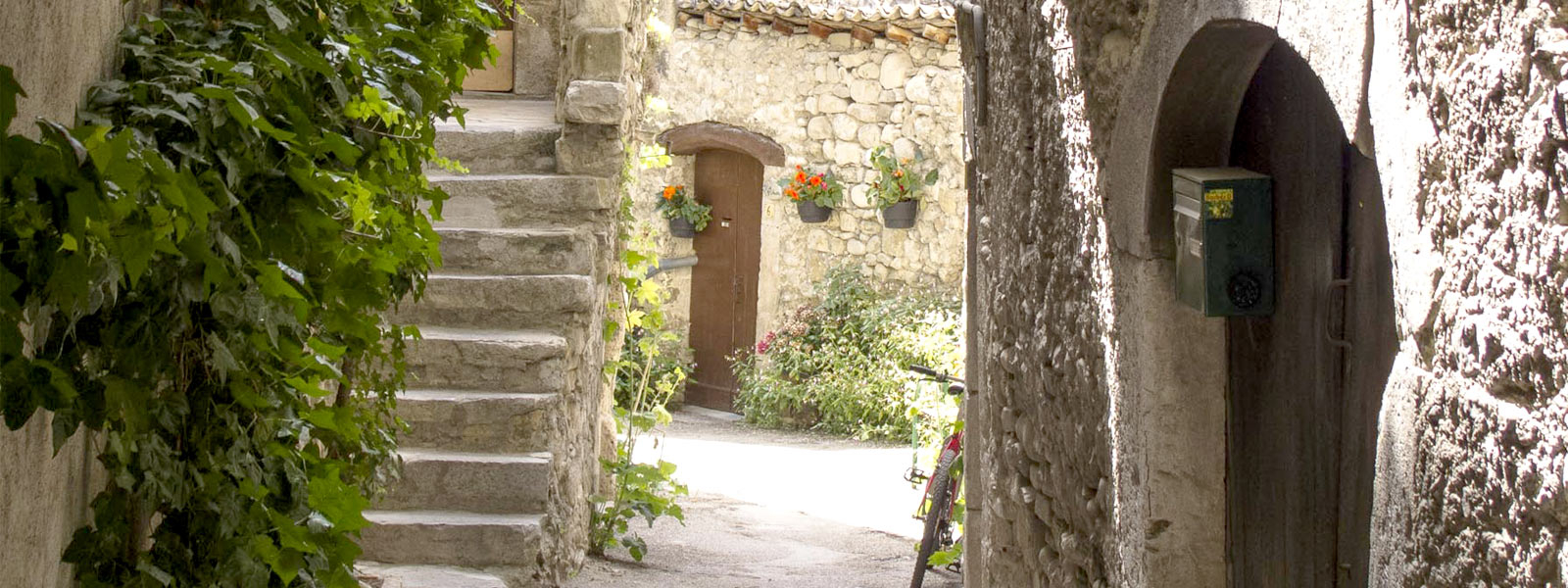Rochefourchat
The least densely populated commune in France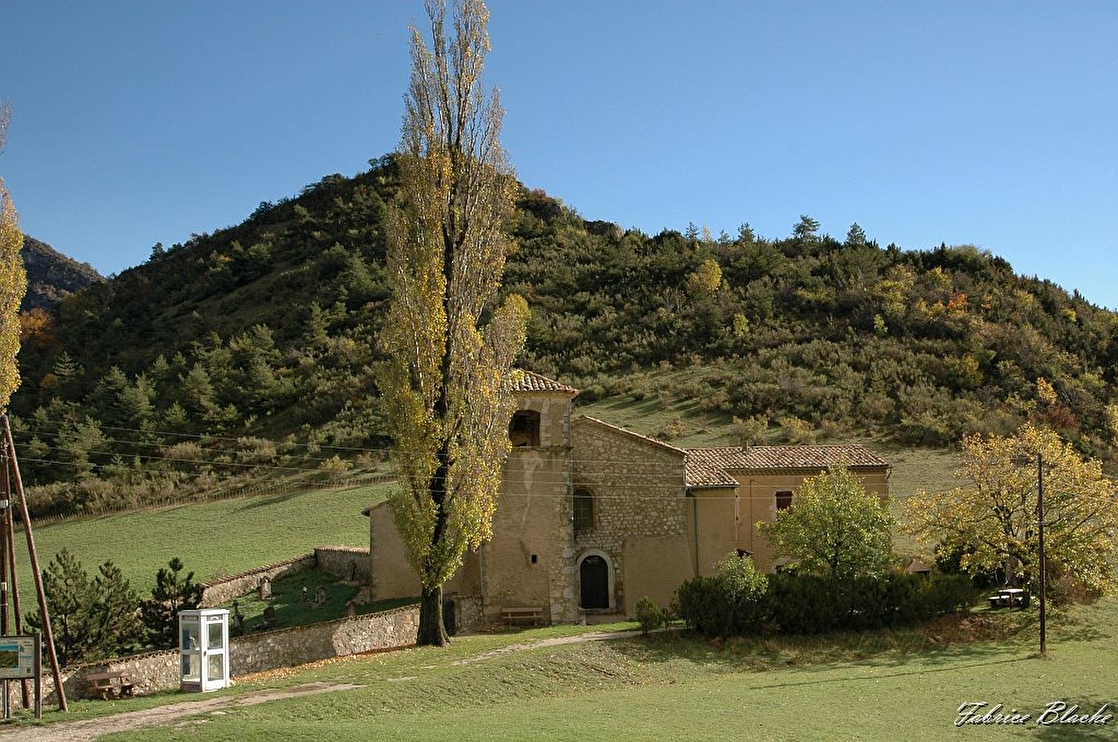
The only full-time resident in la Rochefourchat is not unduly bothered by his neighbours.
Besides the ruins of the château, there are four nice houses and two churches!
The parish church with its square bell tower watches over the grave of Madeleine Farnier, an ancestor of Marcel Pagnol and surely the phone box is the last remaining one in the département.
Built following the wishes of a shepherd caught up in conflict, the church of Notre-Dame-des-Sept-Douleurs in the hamlet of Aribat was formerly a place of pilgrimage.
Arnayon
Non-nucleated habitat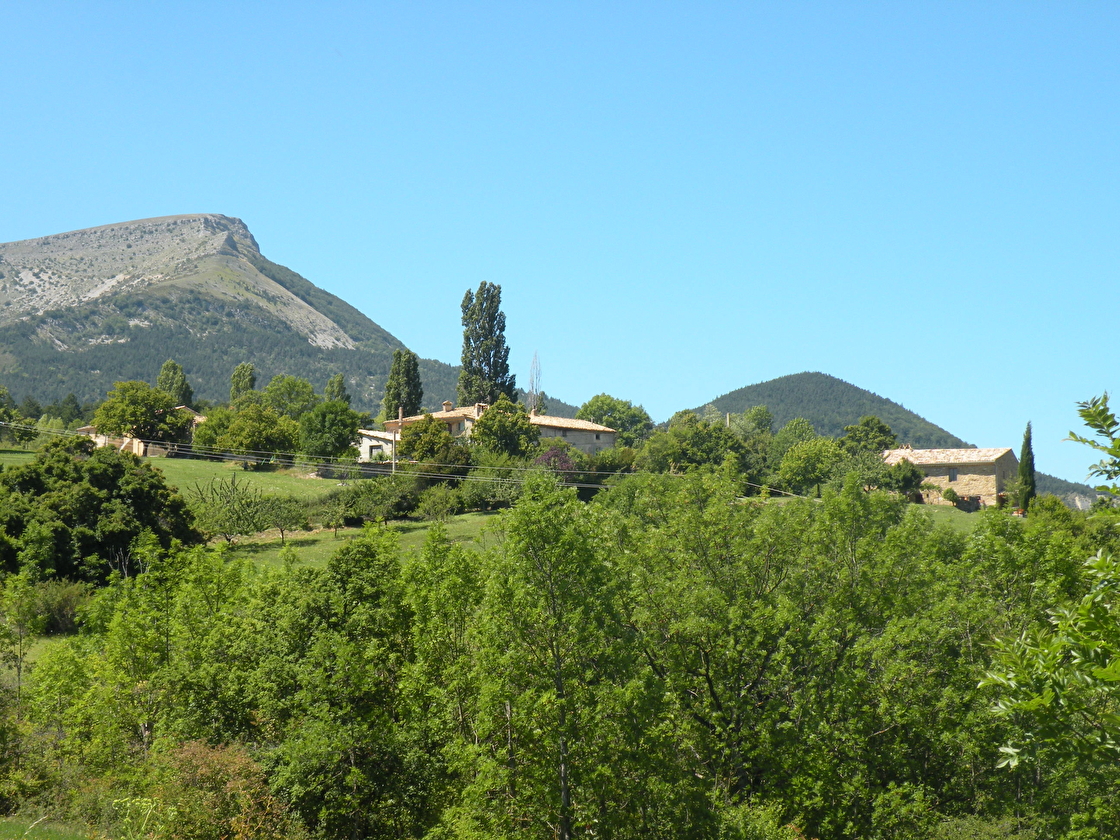
There is plenty of room in the commune within the Parc Naturel Régional des Baronnies Provençales where one house is called a hamlet.
Its name come from Arnaium which means « place of the eagle» for Gallo-Romans. Emerging from the Arnayon gorges, you see isolated houses on the plateau beneath the Angèle mountain.
Here, there is no village centre, nor mains water supply, everyone has their own spring. However, this is the only village in the canton which still has both a Protestant and Catholic place of worship which are both open.
Aucelon
A village on an outcrop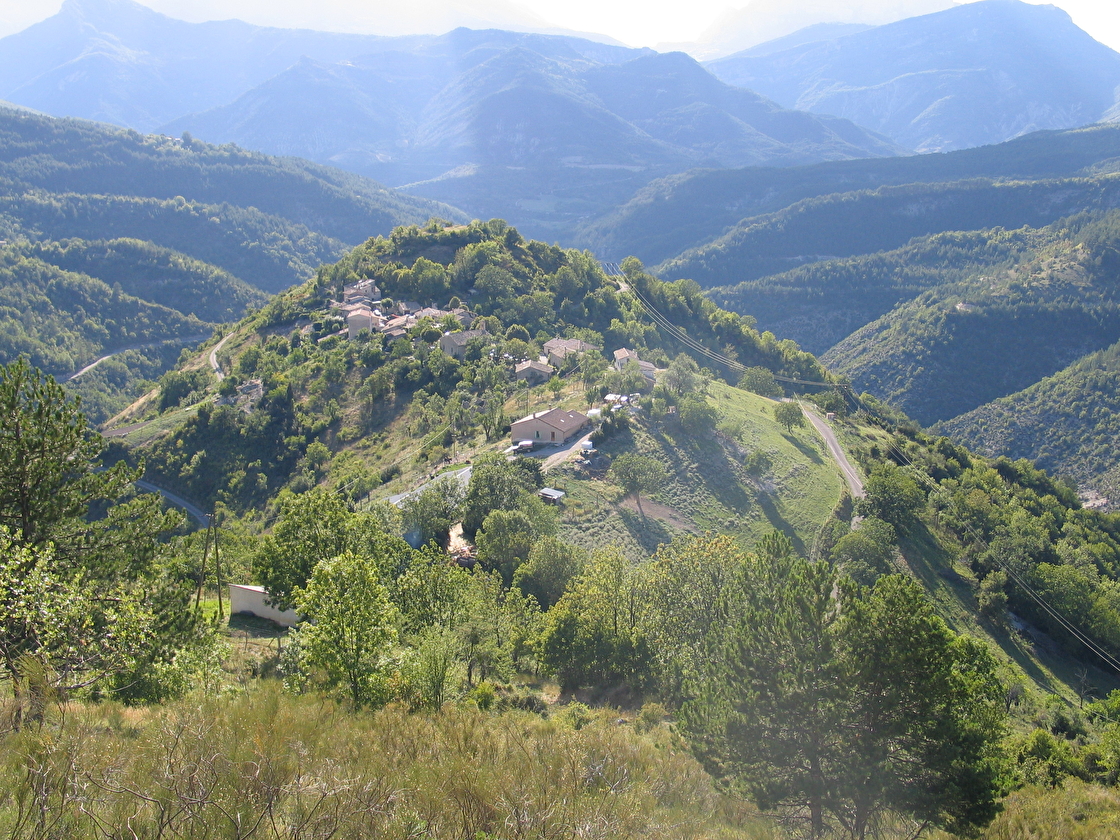
This is without doubt one of the most impressive villages in the Roanne, looking like a marooned dingy, sitting on its forgotten rock and surrounded by an immense natural circus.
During World War II, a company of Resistance fighters made it their base because the village was so hard to access.
Cairns commemorate the courage of the inhabitants who guided in the planes making parachute drops on the slopes of the Servelle mountain.
Pennes-le-Sec
A village brought back to life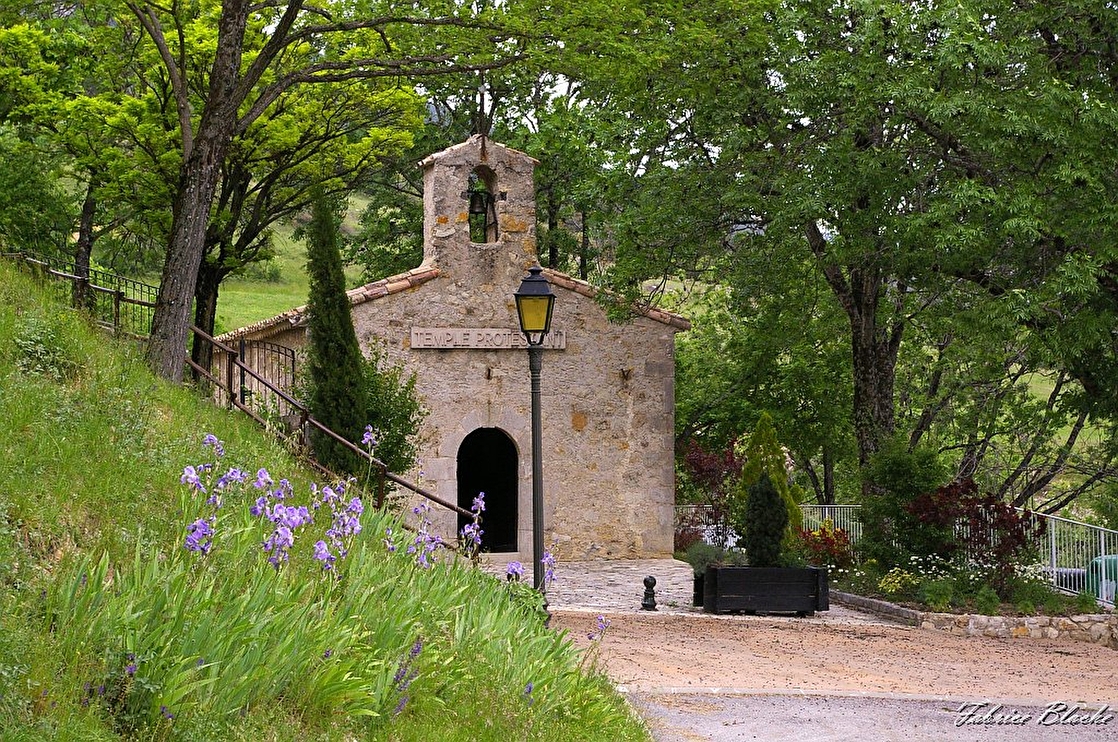
On either side of a steep-sided ridge with remarkable limestone pinnacles, from which the village gets its name, the village only had 6 remaining inhabitants in 1950, five of whom were old people!
That’s when an incredible story began, involving Charles Piot, a Grenoble tyre manufacturer, who became interested in this village which was in the last stages of agony.
He bought up the land and made the village the headquarters of his company, meaning the commune could collect local taxes.
As mayor, he decided to build a ‘model village’ with all services and used his own funds to put in mains water and a road down to the Roanne! This providential benefactor ensured the village was in the national news for a while.
Saint-Benoit-en-Diois
One of the most attractive hilltop villages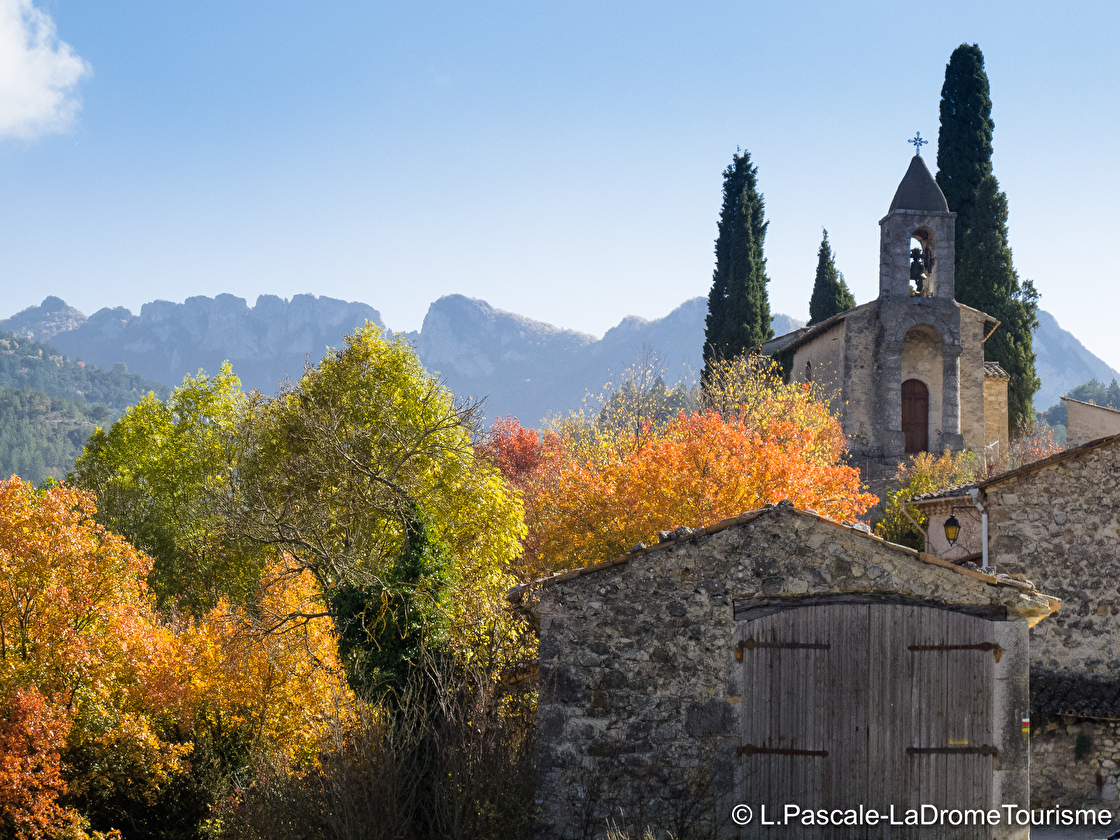
At the beginning of the Roanne gorges, this vessel is marooned on its rock along with its listed church. The cypress trees in the cemetery act as the ship’s bows and the ruins of its castle its stern. This fortress controlled access to the valley.
The only street follows the narrow ridge, with the houses built on the slopes on either side. The houses have dated lintols and are decorated with mysterious symbols.
Despite its name the village is not part of the Communauté de Communes du Diois, but belongs to the Crestois and the Pays de Saillans Cœur de Drôme!
Pontaix
Its overhanging houses are the gateway to the Diois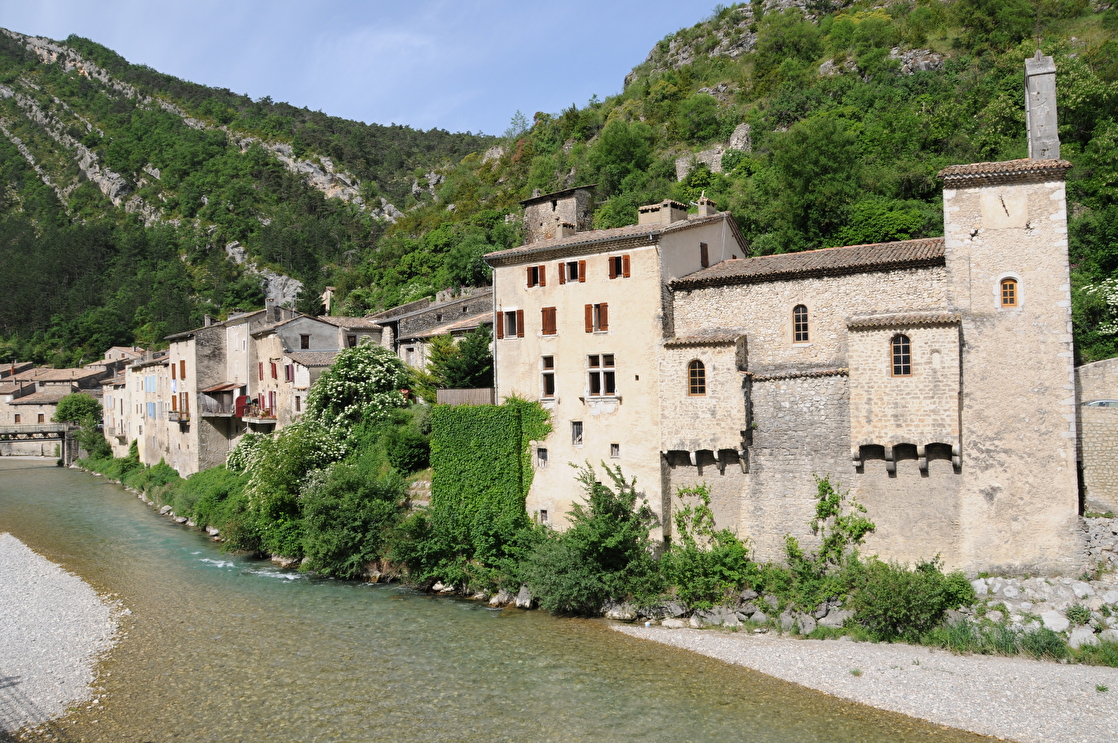
A strategic village, dominated by the ruins of the 13th century castle, Pontaix extends to both sides of the Drôme river, in a natural defile, controlling access to the Diois.
The picturesque architecture and the houses built on the bare rock, above the river, made good use of the limited space provided by this narrow site surrounded by mountains. This meant water could be directly supplied from the kitchen window!
The eventful history of the Protestant church, listed because of its unique sun dial and its medieval paintings, bears witness to the passage of religious wars through the area.
Initially, in the 12th century, this was the castle’s chapel. It became a Protestant church in the 16th century Reformation, then a Catholic church again in the 17th century, until the Revolution when it again became a Protestant place of worship.
Barnave
A botanically rich village with a hint of Provence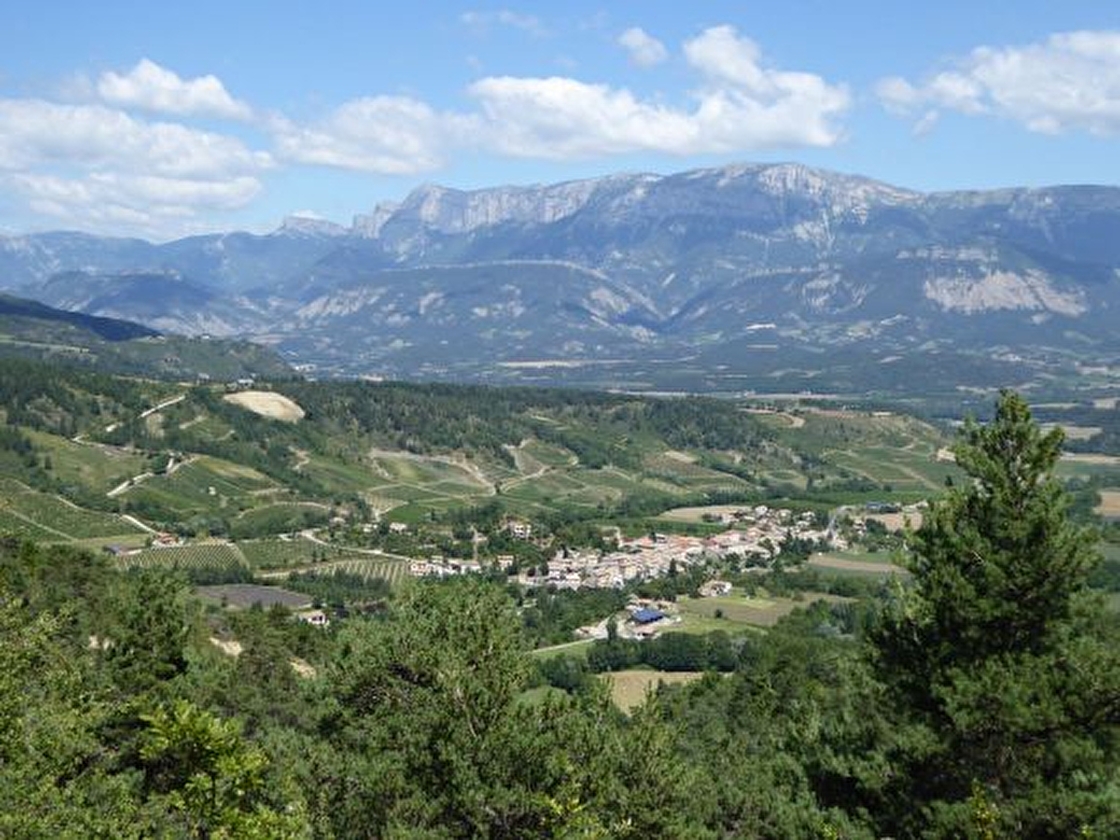
This village, exposed to the very dry summers of the area, is embellished by the dozen or so plantings which thrive in the dry conditions and enhance the main street, the area around the town hall and the Catholic and Protestant churches.
Besides improving the quality of life of the village, it’s the sheer number of plants species which the village is so proud of: the mahonia with their masses of yellow flowers in winter, the well adapted rose bushes, the Corsican spurge, which naturally reseeds itself, and varieties of ivy which help retain drystone walls.
Vachères-en-Quint
The smallest commune in the Diois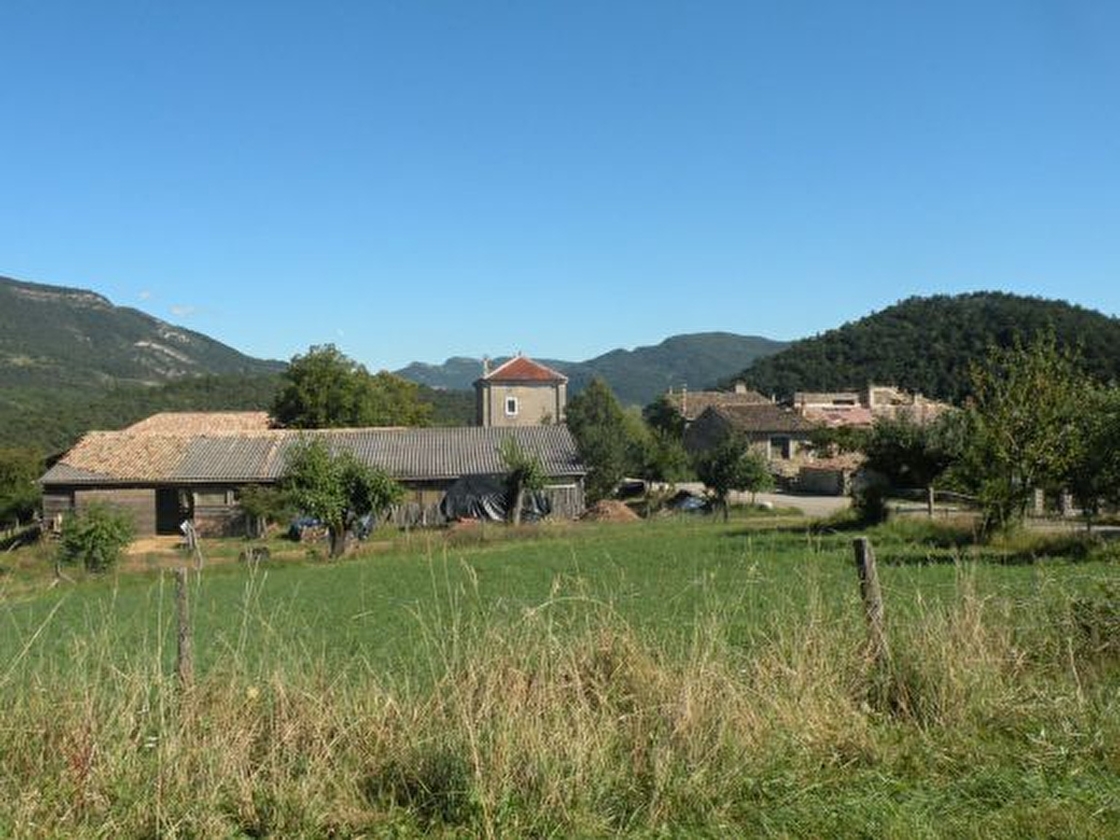
With an area of just 5.14 sq kms, the village only features a little square and doesn’t even boast a church!
The population of the Quint valley is enriched by its interesting mix of locals and ‘neo-rurals’ of all nationalities, many of them stock farmers who mainly favour organic production.
Val-Maravel
A forerunner village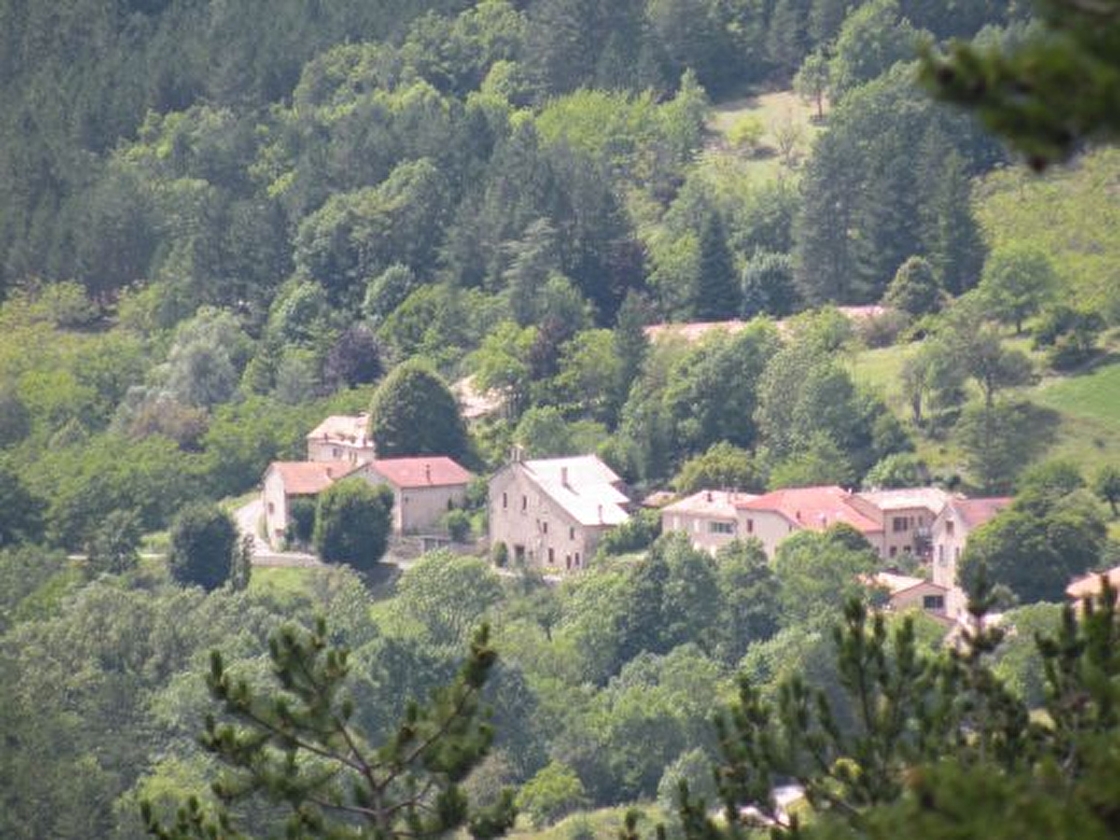
The communes of Fourcinet, la Bâtie-Crémezin and Pilhon were amalgamated in1973.
Access to this wild valley is through a deep gorge between two vertical rock faces, which were blasted out to allow the road to pass through.
Glandage
A name which makes people smile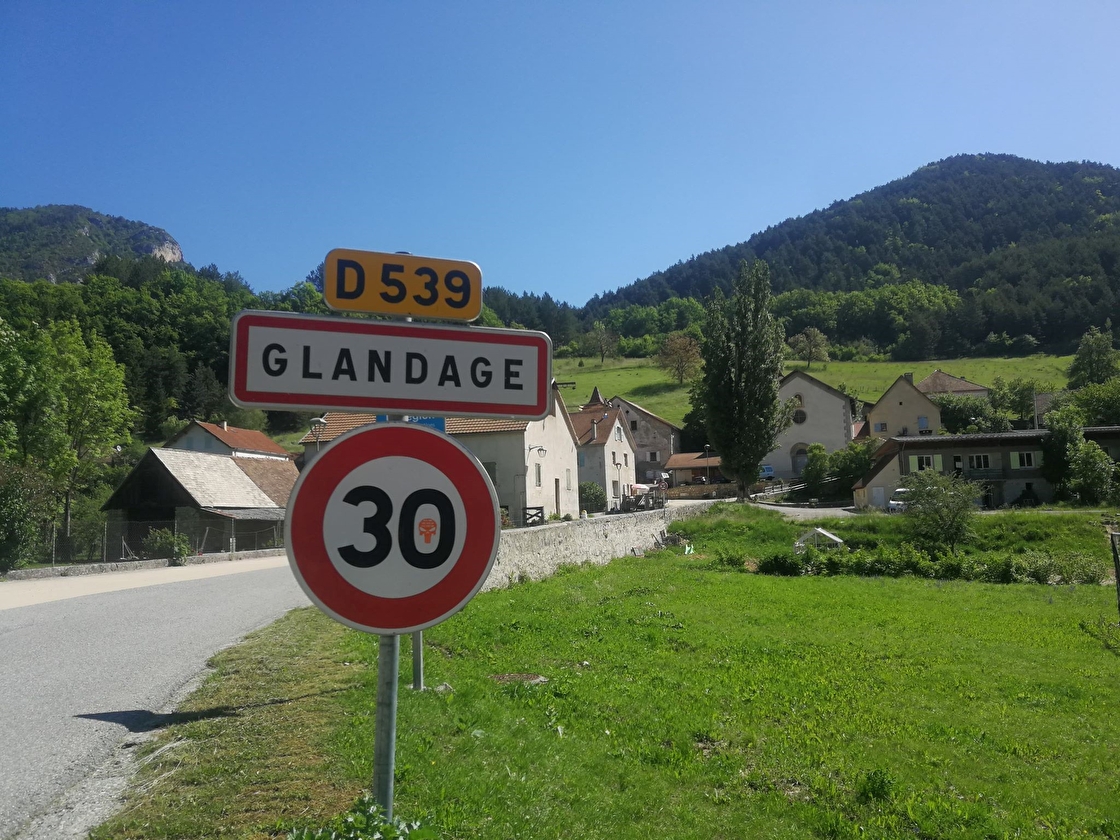
The village sign as you enter this isolated commune is in itself something of a curiosity!
Amused tourists have bestowed a certain notoriety on the village on social media and their holiday albums give pride of place to snaps of the sign.
But the origin of the village’s name is much more down to earth and refers to picking acorns.
In effect the « glandage » was the right of pasture beneath the oaks in feudal times.
But how should the inhabitants of the village be referred to? They are called Glandageois and Glandageoises. This peaceful village inspired Giono in his « Faust au village » and « Les Âmes fortes » and was called Clostre.


